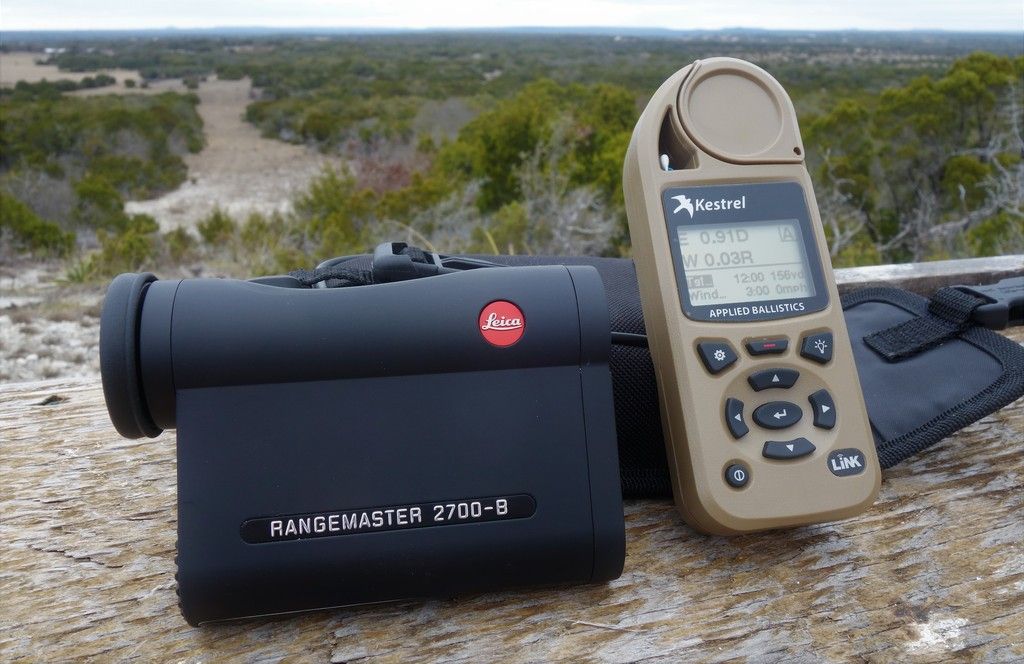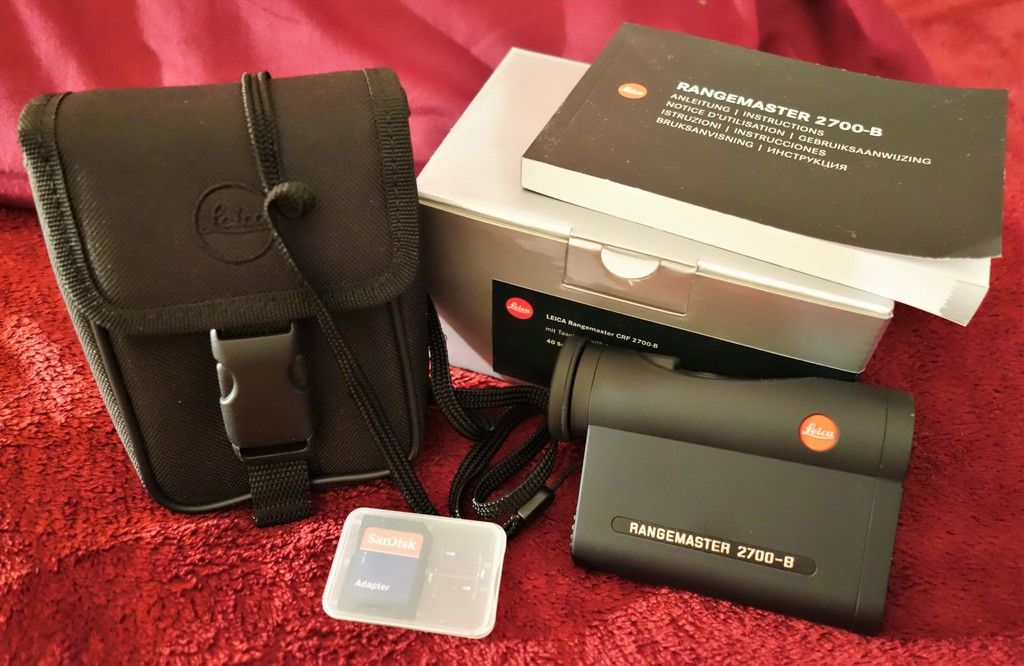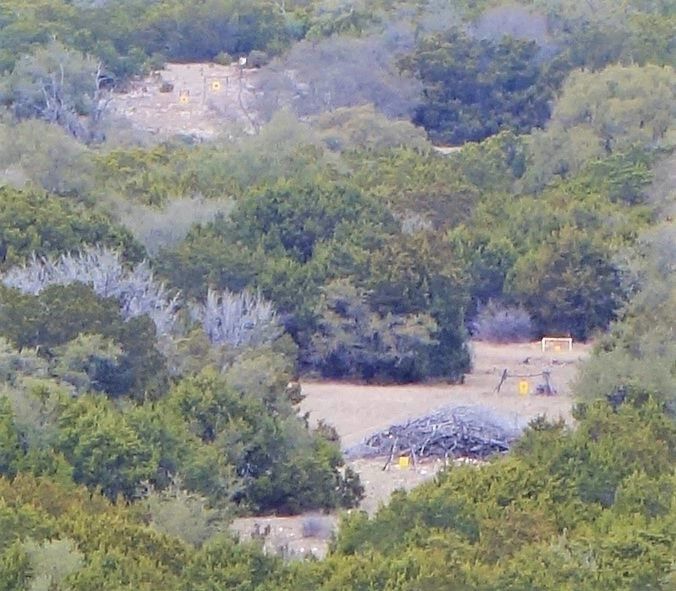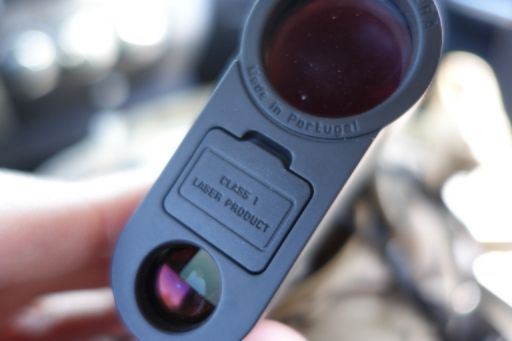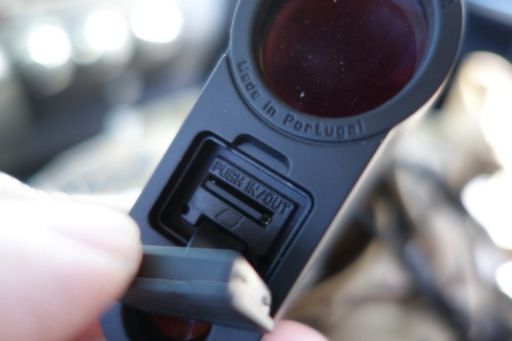With the increased popularity of long range shooting, many shooters are demanding more from their rangefinder. Range is only one data point among many, and they need equipment that takes into account environmentals and other effects like Coriolis effect, ballistic jump, spin drift etc., and all this in a complete solution that is fast, durable, and provides accurate information quickly and efficiently.
When I started out to do a review, it was focused on the Kestrel Elite I had just picked up. But I was also looking to upgrade my Leica 1600 with something new. During that research process, I realized that the decision around a long range RF solution needed to consider how all the data sources tied together. Some uses, like hunting, had specific needs (like speed). While others, like target shooting at steel, allowed more elaborate but cumbersome setups. The requirements of each use had to be considered when putting together the parts of my system and each part of the system evaluated both on its individual merits as well as part of a complete solution.
To cover this much material, this review will be comprised of two parts. Part I will cover the ranging and ballistic performance of the Leica 2700b. Part II will briefly cover the general setup and use of the Kestrel Elite and will then move to evaluate the two together as a system, including some high level comparisons and observations about alternate solutions.
Leica 2700b
Most pocket RF’s function about the same in terms of their physical and use characteristics, nothing really new here. And in terms of Leica offerings, the 2700 exhibits the same characteristics as previous Leica RF’s….quality build, sleek, minimalist German style. It feels solid, compact and of high quality, and comes out of the box with a standard belt pocket, a battery, lanyard, and as a nice touch, a micro SD card and SD adapter, the last signaling a significant design change.
Optics
Like previous Leica offerings, the optics are set apart from the other pocket RF’s on the market. As one would expect from Leica, the 7x glass is outstanding. Though I did not expect to use it as such when I bought my 1600, I have come to rely on my Leica RF’s as a observation devices before I bother to pull out my binoculars. Despite it’s 24mm objective, it is surprisingly bright and absolutely useable as the light goes down, unlike many of the other RF’s on the market. Recently, I was able to pick out brown, black and white cattle against a treeline out to 2500 yards until 35 minutes after sunset on a cloudy evening. An hour after sunset on the same night, I could still resolve the bark on a tree 55 yards away, as well as a white string hanging from it. If you want to use your RF as a monocular, this is the RF for you, and no pocket RF I have looked through matches Leica’s optical performance.
Ranging
Continuing in the same vein, when it came to ranging performance, the 2700 did not disappoint. As of this writing, it distinguishes itself as the most powerful pocket RF in the Leica line. Utilizing a 905 nm laser, Leica claims 2700 yards off reflective surfaces in good conditions. Target accuracy is enhanced due to the 2700’s very narrow beam divergence, measuring only .5 high x 1.2 wide mrads. To put in perspective how tight this is, the Sig 2400 has a 1.3 mrad diameter laser, so it covers roughly twice the area at distance as does the 2700.
Finding a good place to test the capabilities was more challenging than I expected. There are not a whole lot of good places for me to test the extremes of the distance capabilities, and there are few suitable ‘reflective’ targets around where I live (I don’t care to use road signs as my basis, and there are very few rock faces etc around here). So I had to make do with targets not generally considered ‘reflective’ by RF manufacturers, mainly trees, particularly junipers.
In addition, while using a tripod can really increase RF performance, I lack a tripod mount and don’t use it for my RF while hunting anyway, so this was definitely what I would consider more of a real world test, not a ‘bolted down, shooting at a mirror’ kind of trial. Nonetheless, on my first outing, I found the RF to pretty easily and consistently range the farthest juniper trees at my location at over 2400 yards in full sun conditions, even with heavy haze. On subsequent days, I was able to occasionally hit just over 2700 yards under these conditions, and under cloudy conditions or closer to sunset, I was able to range out to 2790 yards pretty consistently on good junipers, even though these returns were handheld. Keep in mind, I do not mean any juniper, or every time. Usually, I would find a tree that would return, and I could hit that over and over, but the tree next to it, or in front may not give a return. Some trees clearly were more dense or were more perpendicular to my position, so would give a return, others, not so much. That’s the problem with using something like trees, especially at that distance. You don’t know what you are really ranging off of, but I can say with confidence, given the right conditions, the 2700 will range off trees beyond 2700 yards.
I might have been able to go further, but the next trees were much farther, certainly beyond the 2700’s limits. Overall, I suspect with a reflective target (or at least on something a little more reflective like a cliff face), and on a tripod, these distances would be further still, as getting steady, even leaning against a truck or on my knees, was very challenging, and not all trees are created equal in terms of reflection. All things considered, I am pleased. (Part I continued below)
Last edited:

